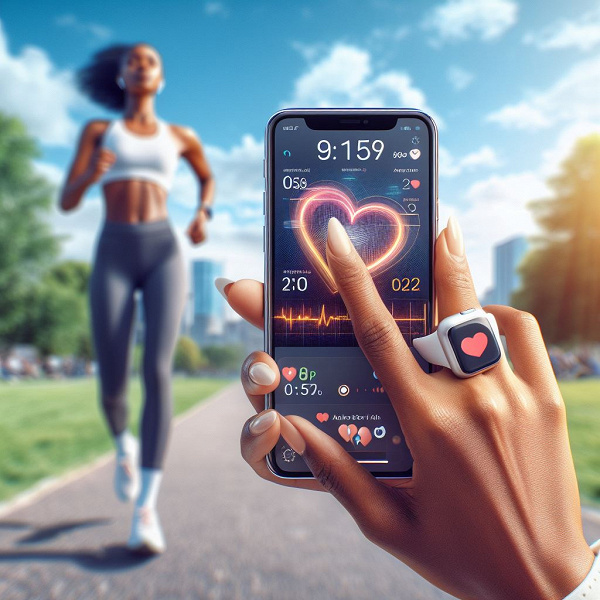Technology still not ready for consumer devices
Bloobmerg’s big article about Apple’s healthcare plans includes more than just a story about how a Cupertino smartwatch could work with Android , but Apple eventually changed its mind. For example, the article contains information about what to expect from the Apple Watch next year.

The company reportedly has a roadmap for 2024 that includes adding hypertension and sleep apnea detection. And for AirPods, capabilities similar to hearing aids will be added.
Apple is also working on a paid service based on artificial intelligence that will deal with user health issues.
One of the most interesting parts of the article is the one that talks about Apple’s project to create a non-invasive glucose meter. The history of this project starts back in 2011. Then Apple created the startup Avolonte Health, and on the personal initiative of Steve Jobs. The goal was precisely to create a non-invasive glucometer.
Apple at one time created a secret startup Avolonte
Avolonte’s office was 15 minutes from Apple’s office. However, the caveat is that very few people knew about the connection between these two companies. The company was separate from Apple, allowing it to purchase components and conduct human testing without attracting attention. Additionally, the startup was not listed in any official Apple system, and employees were prohibited from bringing Apple clothing nearby. At the same time, interestingly, the Avolonte logo was the letter “A” intersected with an infinity symbol, which was a hint at the address of the old Apple headquarters, located on a private road called Infinite Loop.
Several years and hundreds of millions of dollars later, the Avolonte researchers settled on a technology called short-wave infrared absorption spectroscopy, Bloomberg says. This method involves shining lasers through the skin onto the tissue fluid between blood vessels and the cells they serve. The researchers found that the intensity of the light’s back reflection could be used to calculate the concentration of glucose in that fluid and, as a result, in the bloodstream – and the only thing that had to get into the body was light.
True, as we see, many years have passed, and there is no ready-made technology yet. However, recent rumors and leaks suggest that it may appear in the coming years. Now the project is already fully developed in the bowels of Apple itself. The project is being carried out by the Exploratory Design Group (XDG).
Apple has also canceled a number of other health projects over the years. For example, it was considering selling a suite of Apple Watch peripherals, including a bathroom scale and a Jony Ive-designed blood pressure cuff that doesn’t require inflation. The company has created a prototype watch band with sensors that collect data from the underside of the wrist, and has also explored both a bedside sleep tracker and a bedside device with sensors to monitor users throughout the night.
At the same time, a number of specialists who work and have worked at Apple believe that the company is sometimes too cautious. They say the company’s engineers and physicians have long had to contend with executives’ concerns that poor user experiences with health-related features and technologies could tarnish the company’s perception. However, it’s also worth keeping in mind that Apple needs to take into account numerous health-related laws. For example, the blood pressure feature expected in the Apple Watch next year would simply tell the user if their blood pressure is trending high and advise them to see a doctor. Providing accurate metrics requires separate permissions. The same will apply to the operation of a non-invasive glucometer when it appears in watches.




